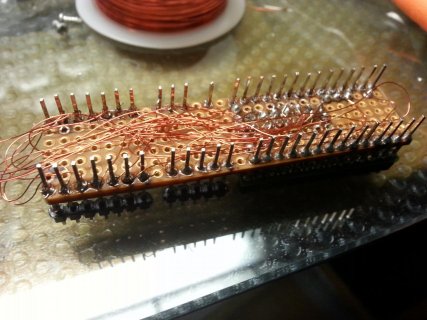PaulStoffregen
Well-known member
It's way behind any time table I ever wanted...
I don't recall him ever giving a time table.


That's great! I don't know if I could handle the surface mount soldering tho. I wonder how soon the pre-made one will be...
So, should I order them, or is Teensy 3++ or 4 or whatever imminent?
castellated just like the esp-12e
Cortex 4 play with the Freescale FRDM-K64F?
I'm thinking of playing with mbed cortex-M4F (MK64FN1M0VLL12),
https://developer.mbed.org/platforms/FRDM-K64F/
same family as MK66FX1M0. One could build some tests with the "modest" mbed libraries, but maybe if teensyduino had a 120 MHz build option for the MK66FX1M0, then one could drag-and-drop the teensy bin onto the mbed K64F ...
I ordered that board yesterday and got it todayI need the additional RAM for a project (I'll port that back to Teensy when T3++ is available..)
Manitou, is there any chance to get that board running with Teensyduino ?
void setup() {
GPIOB_PDDR = (1<<21);
GPIOB_PSOR = (1<<21);
}
void loop() {}Hm, simply editing the platform, boards and ld seems not to be enough..or i have a bug somewhere..
I can create bin-files now, but they do not work for the FRDM
My minimal sketch:
mk64fx512.ld.Code:void setup() { GPIOB_PDDR = (1<<21); GPIOB_PSOR = (1<<21); } void loop() {}
I use -D__MK64FX512__
I'd guess now, as compared to sun high in sky, clear day, which is how they often spec out solar cells....run forever in typical room lighting?
We're alpha testing the Arduino core for this.
